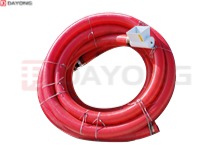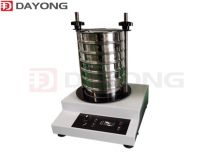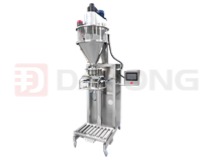Pneumatic Conveying Is A More Suitable Method For Continuous Conveying Of Small Solid Materials
Pneumatic conveying is a more suitable method for continuous conveying of small solid materials. Its main advantages are:
1.Compared with the pneumatic conveying system of all solid conveying equipment, the pneumatic conveying system may be a more suitable method for the continuous conveying of small solid materials. It is also suitable for intermittently conveying large quantities of granular materials from tank cars, railway vehicles and cargo ships to silo.
2.The pneumatic conveying system has excellent flexibility in designing to make full use of space. Pneumatic conveyors can transport materials up, down, or around large equipment and other obstacles in buildings, and can make the delivery pipe higher or avoid the space occupied by other operating devices.
3.The various solid material conveying pumps, flow distributors and receivers used in pneumatic conveying systems are very similar to the operation of fluid equipment, so most pneumatic conveyors are easily automated and operated by a central console. Can save operator's cost.
4.Compared with other solid material transportation methods, pneumatic conveyors have less risk of fire and explosion, so they have the advantage of safety. The application of a complete pneumatic conveying system can save insurance premiums because it reduces the potential risk of damage and fire.
5.. A well-designed pneumatic conveying system is often clean and eliminates environmental pollution. In the case of a vacuum conveying system, any air leakage is inward. Both vacuum and pressurization equipment are completely enclosed and sealed monomers, so the pollution of materials can be restricted to a small amount. The main dust control points should be at the inlet of the feeder and the outlet of the solid collector, which can be designed for operation.





 (Live chat)
(Live chat)

_213x160.jpg)



 +86-373-3669005
+86-373-3669005 sale@dyvibratingscreen.com
sale@dyvibratingscreen.com +86-373-3669006
+86-373-3669006 From West Room 5, 1st Floor, Building 18, Huilong Yangguang Mingyuan, New District, Xinxiang, Henan, China (Mainland).
From West Room 5, 1st Floor, Building 18, Huilong Yangguang Mingyuan, New District, Xinxiang, Henan, China (Mainland). Your Position:
Your Position:.jpg)
.jpg)



